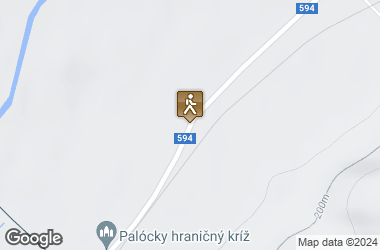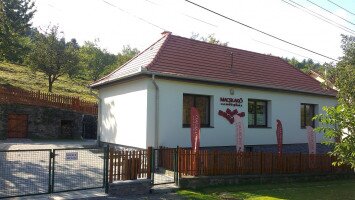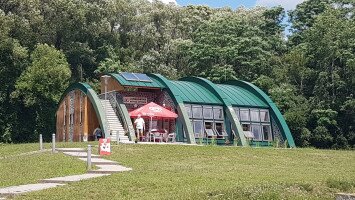
Bujár



- Index
- Látnivalók
- Bujár
History and value: The river rocks and tufts of rhyodacite deposited from the former volcanic ash cloud of the Buckovinka Formation are exposed in spectacular erosion excavations in the Bujár Gorge near Kalonda. The trench also contains valuable Lower Miocene (19 million years old) petrified tree remains and leaf prints. The sandstone beneath the layers of tuff is the carrier of the ipolytarnóc footprints known on the Hungarian side, but so far only plant imprints of the overlying tufa layer have been identified on the Slovakian side (Daphnogene polymorpha, Pungiphyllum cruciatum, Sabal major, Calamus noszkyi, Magnolia mir neptuni, Litsea ipolytarocensis, Cassia berenices - J. Kučerová, 2005). These remnants are the proof of a warm, humid, subtropical climate with dense floodplain forests covered with palms, laurels, magnolias and many coniferous species.
There are no marked hiking trails leading to the site.Degree of protection: 1RELATED














